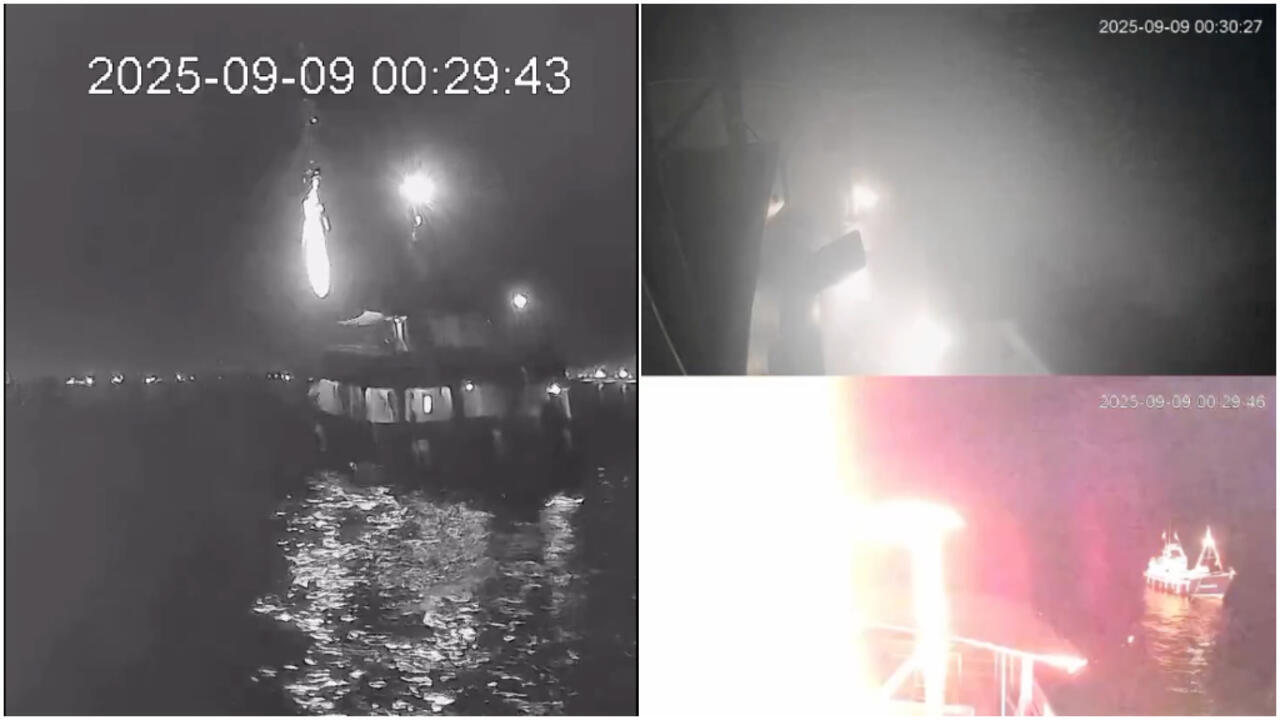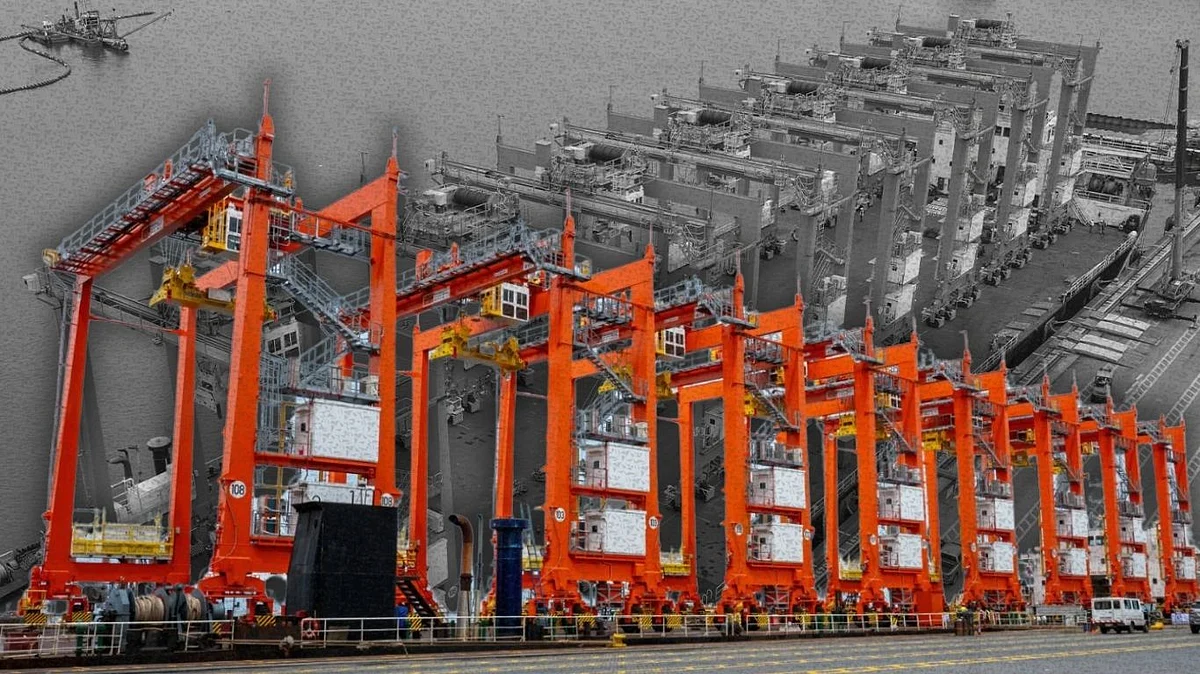By The FRANCE 24 Observers
Copyright france24

Organisers of the flotilla, which is carrying humanitarian aid and pro-Palestinian activists including Greta Thunberg, said the Portuguese-flagged Family Madeira, known by the group as the “Family Boat”, was targeted by a drone while in Tunisian waters.
Videos and expert analyses suggest the device was likely an improvised incendiary dropped from a commercial or retail drone, rather than a military-grade drone, or UAV (unmanned aerial vehicle). While members of the group suggested Israel might have been behind the attack, this kind of technology is widely accessible to the public, and such an attack could have been carried out by virtually anyone.
The flotilla, which aims to deliver aid to Gaza in defiance of Israel’s blockade, had arrived in Tunisia over the weekend. Tracking data on the group’s website indicates that the vessel was moored some 600 metres from the port of Sidi Bou Said.
Tunisian authorities have denied claims that the boat was struck by a drone, insisting instead that the fire broke out on the vessel itself. A surveillance video filmed from another vessel in the flotilla shows an incendiary device falling vertically onto the Family Madeira from a height of at least three metres above its top deck, creating a bright flash as screams are heard from the vessel. Other videos filmed on board the vessel show a fire breaking out. No drone is visible in the surveillance videos, which are filmed from cameras with fixed angles.
‘The drone operator had prior experience’
Roy Gardiner, an online investigator specialising in drone warfare, analysed the images.
In the main video of the incident, we see a flaming object falling almost vertically from the sky. UAVs used in conflicts like Ukraine typically explode on contact or drop small bombs. But we also see drones being used to drop incendiary munitions, and this video is consistent with that kind of drone. These drones don’t have to be very large, and the object would have been ignited upon release from the UAV.
In a media interview, one participant described a drone hovering around four metres over his head before “dropping a bomb on a pile of life jackets” located at the front of the boat.
Roy Gardiner continued:
Based on eyewitness accounts and the available video footage, this is exactly how a bomb-dropping UAV would operate. It hovers over the target to ensure a highly accurate drop. It’s unlikely that someone could carry out such a precise strike by chance, so I’d suggest the drone operator had prior experience. This isn’t something easily done. The pilot could have been operating from as far as five to six kilometres away.
Members of the flotilla have suggested Israel as the likely perpetrator of the attack.
“It’s too soon to say who owns these drones, but we know very well who has been targeting humanitarian missions to Gaza for a long time,” a flotilla spokesperson told the media.
The expert emphasised that the low-grade technology used in the attack is easily accessible to the public:
Retail drones like the DJI Mavic 3 — available worldwide — are capable of carrying out missions of this kind. They are very quiet, easy to purchase, and relatively simple to operate, especially compared with FPVs [first-person view drones] widely used in Ukraine, which are far more difficult to fly. There are standard, well-known methods for modifying these commercial drones to drop payloads. A basic 3D-printed release mechanism, which can be attached to the drone, is commonly used in Ukraine. Digital blueprints for such devices are routinely shared on Telegram channels. The device used in this case was small and the attack wasn’t lethal. It didn’t cause significant damage. But we can’t rule out the possibility of a government being behind it. Using low-grade technology might be a deliberate choice to create distance and plausible deniability, while still delivering a warning.
There have been previous allegations of drone attacks on aid ships bound for Gaza. In May, the Freedom Flotilla said that its vessel The Conscience was struck by a drone off the coast of Malta.
A decade earlier, in 2010, Israeli commandos killed 10 people when they boarded the Mavi Marmara, a Turkish ship leading an aid flotilla to Gaza.
In August, a UN-backed body confirmed that famine was taking hold in Gaza, and the UN’s humanitarian chief described it as the direct result of Israel’s “systematic obstruction” of aid entering the territory.
The report was dismissed by Israel as an “outright lie”. Israeli officials continue to deny that there is starvation in Gaza.



